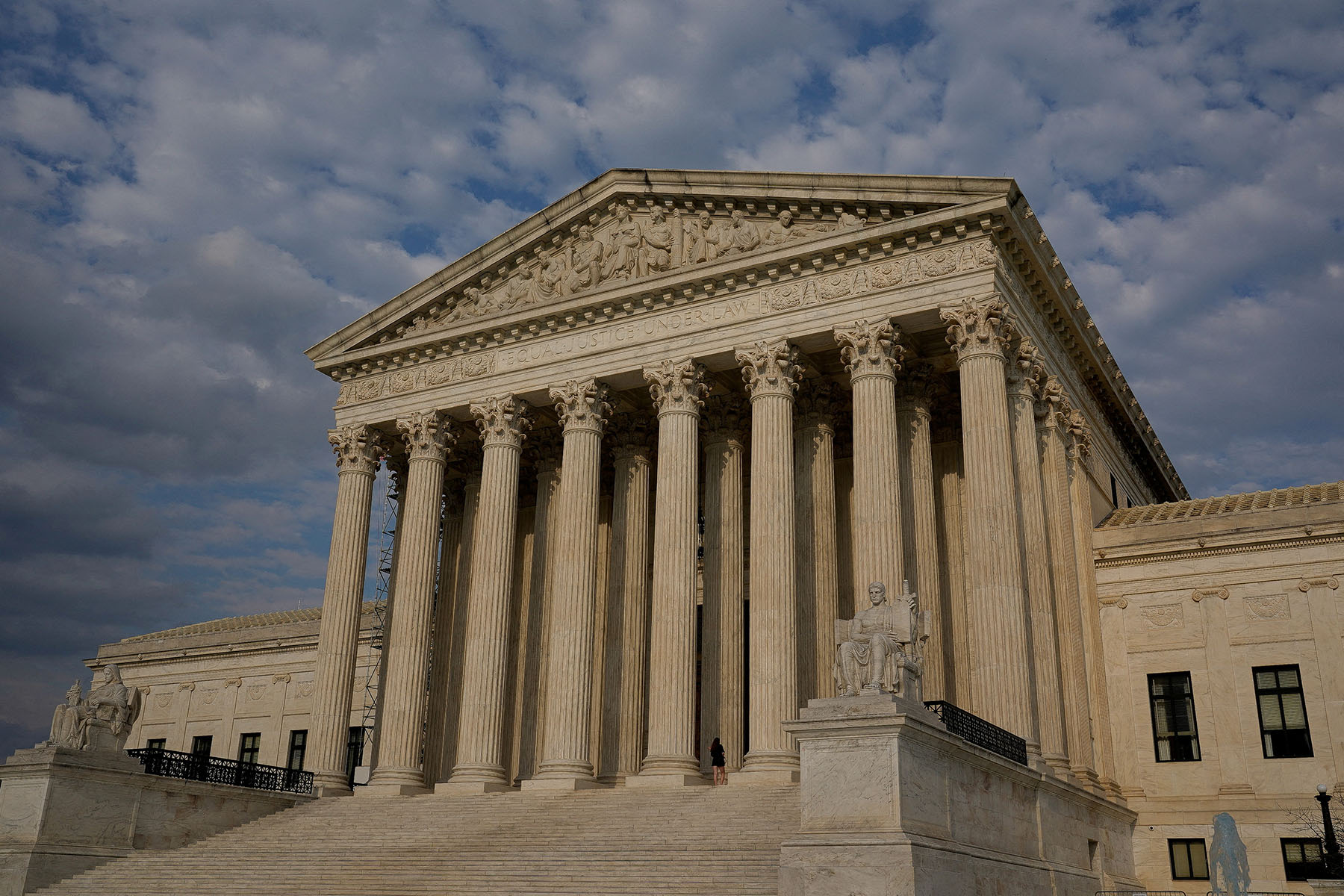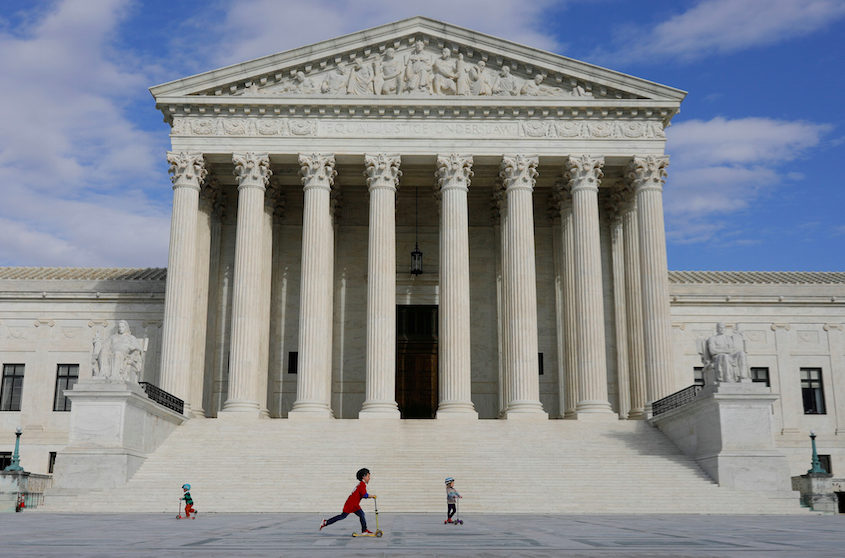The Supreme Court declined to hear a case requesting the reconsideration of the “actual malice” standard as applied to public officials in media defamation cases.
The ruling represents a win for the press and its defenders as it leaves longstanding media protections — established by the Supreme Court’s landmark New York Times v. Sullivan decision in 1964 — in place.
The case was brought by former West Virginia mining company executive Donald Blankenship, who claimed he lost his 2018 Senate campaign because numerous media outlets defamed him by describing him as a “felon.”
After a 2010 mine explosion killed 29 people, Blankenship was convicted in 2015 of conspiring to violate federal mine safety standards, a misdemeanor charge. He was fined $250,000 and was released from prison in 2017 after one year.
Blankenship filed a defamation lawsuit against independent journalists and multiple news outlets, including MSNBC, CNN and FOX News. But both a U.S. district court and the U.S. Court of Appeals for the Fourth Circuit found that there was insufficient evidence to prove that the news organizations had acted with actual malice, or “with knowledge that it was false or with reckless disregard of whether it was false or not.”
The courts have defined reckless disregard as proof that the defendant entertained serious doubts as to the truth, or had a high degree of awareness of probable falsehood, but published anyway.
In its decision, the Fourth Circuit wrote “the record does not contain evidence that the commentators and journalists responsible for the statements were anything more than confused about how to describe a person who served a year in prison for a federal offense.”
The actual malice standard was established in New York Times v. Sullivan (1964), which is widely considered the most important First Amendment decision of the 20th century. In the landmark decision, the Supreme Court held that public officials and public figures cannot prevail in a defamation suit merely by proving that a statement was false. They must also prove that the statement was made with actual malice.
“We consider this case against the background of a profound national commitment to the principle that debate on public issues should be uninhibited, robust, and wide-open, and that it may well include vehement, caustic, and sometimes unpleasantly sharp attacks on government and public officials,” the court wrote in the unanimous Sullivan opinion.
Blankenship, in his petition to the court, argues that the “actual malice standard poses a clear and present danger to our democracy.”
“A representative government cannot be sustained unless the electorate receives accurate information about election candidates and retains confidence in election fairness,” Blankenship’s filing stated. “New York Times Co. v. Sullivan and its progeny grant the press a license to publish defamatory falsehoods that misinform voters, manipulate elections, intensify polarization, and incite unrest. Election disinformation undermines our nation’s capacity for genuine self-government.”
The 16 media outlets sued by Blankenship argued in their brief that “there is good reason why the actual malice standard of New York Times has been embraced for so long and so often.”
“At its essence, the standard protects ‘erroneous statements honestly made,’” the brief argued. “While it permits recovery for falsehoods uttered with knowledge of falsity or with reckless disregard for the truth, it provides the ‘breathing space’ required for ‘free debate.’ A free people engaged in self-government deserves no less.”
In response to Blankenship’s petition, conservative Justice Clarence Thomas wrote a short concurrence in which he raised concerns over the efficacy of Sullivan in the modern media landscape and urged the court to reconsider the actual malice standard in “an appropriate case.”
It’s not the first time Justice Thomas has signaled his openness to reconsideration of the long-held precedent. Last year, he wrote a dissenting opinion following the court’s denial of writ of certiorari in a separate case that he believed to be the proper vehicle for reconsideration of Sullivan.
“I would grant certiorari in this case to revisit the ‘actual malice’ standard,” he wrote in 2022. “This case is one of many showing how New York Times and its progeny have allowed media organizations and interest groups ‘to cast false aspersions on public figures with near impunity.’”
In 2021, fellow conservative Justice Neil Gorsuch also voiced his concerns about Sullivan and whether its framework can be justly applied in the current media landscape.
“It’s unclear how well these modern developments serve Sullivan’s original purposes,” he wrote. “Not only has the doctrine evolved into a subsidy for published falsehoods on a scale no one could have foreseen, it has come to leave far more people without redress than anyone could have predicted. Rules intended to ensure a robust debate over actions taken by high public officials carrying out the public’s business increasingly seem to leave even ordinary Americans without recourse for grievous defamation.”
Tags


